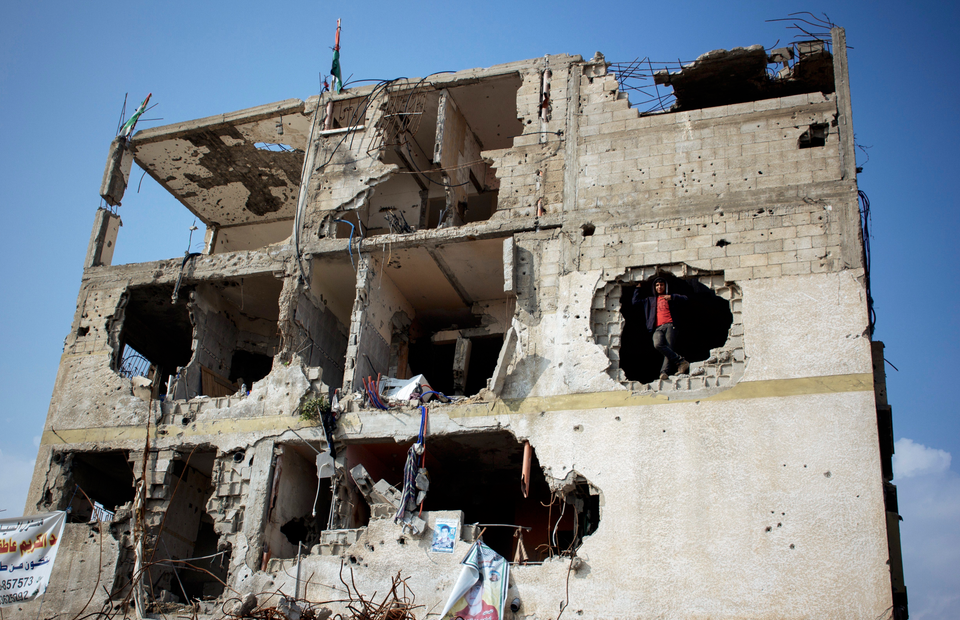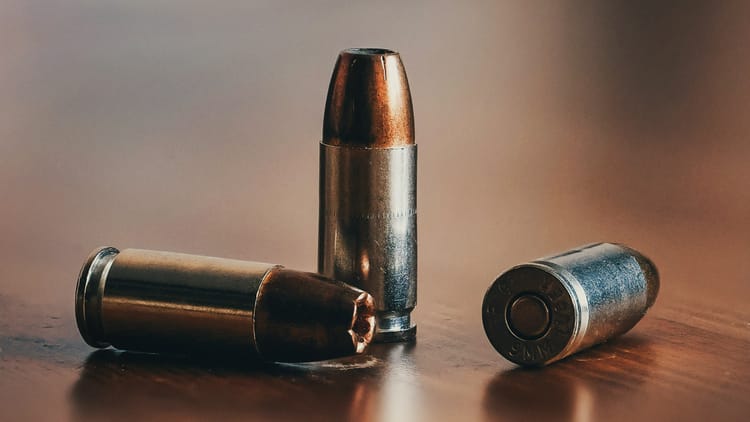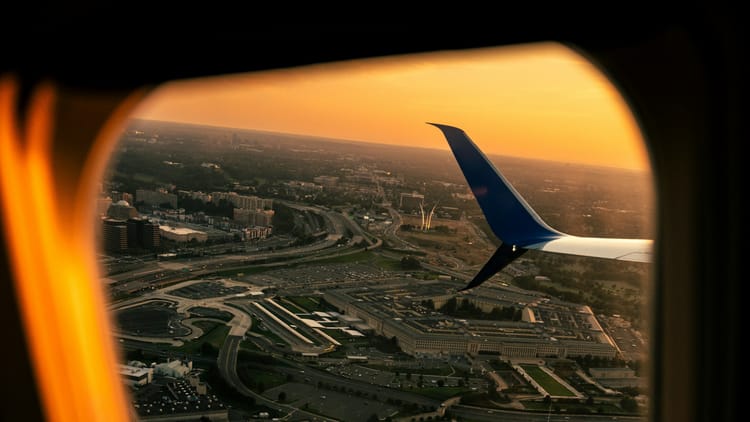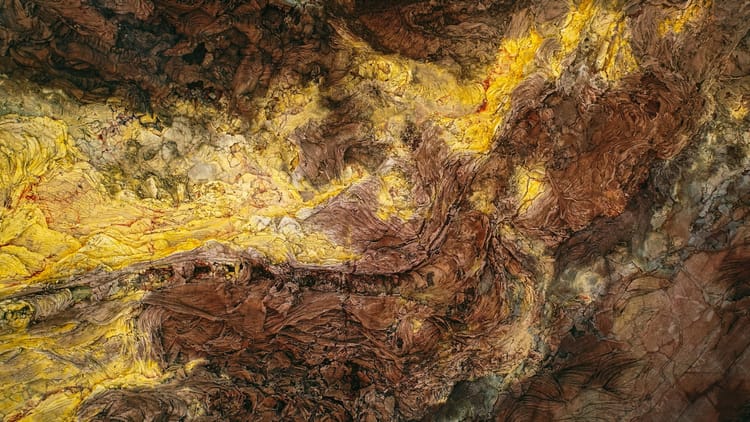This is now

Ten days of war between Israel and Hamas, ending in a ceasefire on May 20, marked the worst fighting between the two sides since 2014. On its surface, the latest round of violence looked a lot like conflicts in 2014 and 2009: Hamas firing rockets into Israel, Israel shelling the Hamas-controlled Gaza Strip, disproportionate Palestinian casualties, and dead civilians on both sides. Hamas remains in control of Gaza, Israel maintains its blockade of Gaza, and the volleys of artillery didn’t change the borders of the enclave. Was this latest outbreak just another rerun of the same violence that seems to repeat endlessly in Israel and Palestine?
Natan Sachs is the director of the Center for Middle East Policy at the Brookings Institution in Washington, D.C. Sachs says this time was different. The fighting was triggered by events in the Israeli-occupied West Bank and East Jerusalem, so Hamas made a play to position itself as the leading defender of all Palestinians. It demonstrated remarkable military capabilities, though Israel also destroyed much of its extensive network of tunnels. The episode, Sachs says, reveals a new sense of pan-Palestinian solidarity and an increasing global concern for Palestinian rights—notably within the Democratic Party in the United States—as the long-term strategy for peace appears to shift from a two-state solution to a single state for Israelis and Palestinians …
Michael Bluhm: Was this just another round of an old conflict, or was it different in any significant way?
Natan Sachs: In some ways, this was just another round, and it’s a good question. There are some differences: the weapons used, the effectiveness, and the dynamics of Israel and Hamas, but what’s more important is that the background is quite different.





